
kscarbel
-
Posts
1,114 -
Joined
-
Last visited
-
Days Won
8
Content Type
Profiles
Forums
Gallery
Events
Blogs
BMT Wiki
Collections
Store
Posts posted by kscarbel
-
-
-
Founder Arthur Sicard invented the snow blower in 1925 and began selling the first self-propelled rotary snow blowers in 1927.
His specialized bodies included the Snowmaster snow blower, the Sanivan refuse rear-load compactor and the Master Flusher street cleaner.
Sicard introduced the rear-ejecting garbage compactor body in 1946.
.
-
-
-
-
- Popular Post
- Popular Post
Sicard was a Canadian truckmaker from Ste Therese, Quebec that began in 1927. By the end of World War II, Sicard had also opened a U.S. plant in Watertown, New York.
The company’s on-highway and vocational trucks were a common sight in eastern Canada.
Sicard also specialized in snow removal trucks, refuse trucks, municipal street sweepers and street sprinkler/flusher trucks.
Paccar purchased Sicard’s truck making unit in Ste Therese, Quebec (north of Montreal) in 1967 and began assembling both Kenworth and Peterbilt truck models there from 1970.
Less the truck unit, Sicard remains in business today. The Sicard division of SMI-Snowblast of Watertown, New York and Sicard SSI Group Inc. of Knowlton, Quebec are the corporate descendants of Canadian inventor, body and truckmaker Arthur Sicard.
Early models used the International R-Series Comfo-Vision cab produced under contract by the Chicago Manufacturing Company and shared with Diamond T, Hendrickson, Oshkosh and FWD, Cline, Coleman, Duplex and Leyland Canada.
(The "Comfo-Vision" cab was actually designed by Diamond T. When the company learned that International was about to develop a new cab, Diamond T approached them and basically said, "Here’s a cab we designed. If you like it, you can produce our design and we’ll buy the cabs from you for our trucks")
.
-
 1
1
-
 2
2
-
Transport Topics / July 2, 2013
Members of machinists and painters unions began picketing the Western Star manufacturing plant in Portland, Oregon on Monday after employees voted to reject a proposed three-year contract that had been recommended by management and union leadership.
Members of the Teamsters and Service Employees International unions approved their proposals but are also manning picket lines in support of the machinists and painters, said Joe Kear, a business representative for the District W24 Lodge of the International Association of Machinists and Aerospace Workers.
As of Tuesday, no talks were taking place between labor and management, Kear said.
Western Star is a unit of Daimler Trucks North America, which is also the parent company of Freightliner Trucks. Through May 31, Western Star’s U.S. retail sales were up 38.6% year-over-year, to 1,326 units.
“The Western Star Truck Manufacturing Plant unions did not unanimously ratify the contract offer extended by Daimler Trucks North America on June 28. DTNA considers the union negotiations process to be a confidential matter between the parties and has no further comment at this time,” the company said.
Kear said machinists rejected the contract because there has been a four-year wage freeze and increases in productivity of more than 20%, so they wanted more in wages and fringe benefits.
-
Bloomberg / July 2, 2013
Daimler AG’s truck business, the world’s biggest maker of the vehicles, needs to accelerate spending cuts and delivery gains to achieve this year’s earnings goal and fulfill a savings and sales-growth plan through 2014.
“We have a lot of catching up to do by the end of the year,” Wolfgang Bernhard, head of the Daimler Trucks division, said at a press briefing yesterday in Woerth, Germany.
The unit, which makes Mercedes-Benz, Freightliner, Western Star, Fuso and BharatBenz commercial vehicles, has a target this year of matching 2012’s earnings before interest and taxes. Bernhard, who took his post at the division in April, said Daimler Trucks still has work to do to reach a targeted 1.6 billion euros ($2.09 billion) increase in Ebit by the end of next year through reduced costs and increased sales.
“It’ll be an ambitious goal” to equal last year’s earnings in 2013, said Frank Biller, a Stuttgart, Germany-based analyst with LBBW. “We expect them to post a slight decline. What the company can influence always also depends on how many trucks they can sell. And the markets remain difficult.”
Five-month industrywide registrations of new heavy trucks in Europe dropped 12 percent from a year earlier to 85,220 vehicles, according to the Brussels-based ACEA industry group. Daimler Trucks’ worldwide deliveries in the period declined 3 percent to 180,119 vehicles, with western European deliveries dropping 6.5 percent, and North American demand declining 2.5 percent, the company said today. New orders rose 19 percent to 212,000 units worldwide.
Targets Postponed
Daimler, which is also the world’s third-biggest maker of luxury cars, postponed long-standing profitability targets in October for its vehicle-manufacturing units as recessions in Europe hurt sales. The Stuttgart-based company said it remained committed to reaching the goals at a later date.
“We’re not satisfied with the current state” of Daimler Trucks’ two-year efficiency program, Bernhard said. “To reach our goal, we need to improve considerably.” The majority of the earnings improvements will take effect in 2014, he said.
Daimler rose as much as 1 percent to 47.26 euros and was trading up 0.1 percent at 12:09 p.m. in Frankfurt. The stock has gained 13 percent this year, valuing the manufacturer at 50 billion euros.
Margin Shrinks
The truck division has an eventual target of generating Ebit at 8 percent of revenue. The first-quarter margin at the unit was 1.7 percent as Ebit plunged 69 percent to 116 million euros and sales dropped 5 percent to 7.02 billion euros. Ebit last year at Daimler Trucks totaled 1.71 billion euros, a decline of 8.6 percent.
About 30 percent of the earnings improvement through next year should come from increased sales as customers buy new models such as Freightliner’s Cascadia Evolution, Bernhard said. Of the remaining 70 percent, about half should come from lower material costs, with another third resulting from spending cuts in research and development, and more efficient production accounting for the rest, he said.
“We can’t say when we’ll reach the 8 percent margin,” Bernhard said. “The environment has to be right,” and “we have no visibility on how the markets will develop beyond this year.”
New Engines
The division has renewed its Mercedes-Benz heavy-duty truck line in the past 1 1/2 years, including the Actros long-haul model, Antos heavy-distribution vehicle and Arocs construction-project version. Daimler has completed investing in engines across the range that comply with tighter emission standards, dubbed Euro 6, taking effect in the European Union next year.
Bernhard was in charge of purchasing at the Mercedes-Benz car division when he swapped positions with Andreas Renschler earlier this year. Bernhard said yesterday that he sees the European truck market bottoming out and demand in North America stabilizing.
Daimler scaled back workforce cuts in North America, laying off 600 employees versus the originally planned 1,300, after sales in the region beat its forecasts, Bernhard said. Daimler Trucks plans to add five Saturday shifts at the plant in Woerth in July and September to meet demand.
-
-
-
-
Canada had quite a few truckmakers including Western Star, Hayes, Pacific, Sicard, Peninsula, Rubber Railway Company (RRC) and Canada Leyland.
Scot trucks were produced from May 1972 to May 1980 by a small Canadian truckmaker called Atlantic Truck Manufacturing located in Debert, Nova Scotia. The company was a subsidiary of conglomerate J.D. Irving Limited.
Although total production only reached 1,155 units, they were a common sight in eastern Canada.
Scot began in 1972 as an assembled truckmaker using the Ford Louisville cab, and fiberglass hoods from Abco (Atlantic Bridge Co. - although they actually hadn't built bridges in years)
The Scot A1H (and A1HD) was the only Scot model which used out-sourced cabs (the Ford Louisville cab). By 1977, Scot was designing and producing its own cabs, including both conventional (with an integral sleeper option) and cab-over-engine (COE) versions.
Related reading:
http://truckfax.blogspot.com/2013/10/scot-trucks-from-deep-in-archives-part.html
http://truckfax.blogspot.com/2013/10/scot-trucks-part-2-of-3.html
http://truckfax.blogspot.com/2013/10/scot-truck-part-3-of-3.html
http://truckfax.blogspot.com/2013/10/scot-trucks-part-4-fo-3-fire-apparatus.html
.
-
Pretty cool. How hard were the parts to get?
Not only are spare parts readily available from Deutz Americas, the BF8L513 utilized in Osterlund-produced Diamond Reos is still available new as well as Xchange.
-
Other than displacement there seem to be few similarities between the E-9 and the scania v-8. Individual cylinders and heads etc.
v-8 animations
The same engine was built up two different ways. Scania utilized the individual cylinder head design (favored in Europe at the time), while Mack used a two-cylinder head design (four heads total). Also, Mack used a dry sleeve liner design while Scania chose wet sleeves.
I sat in a new Scania that Franks GMC had at Englishtown. I didn't like the exhaust brake controlled by the brake pedal and I didn't like the shape of the gear lever. The rest of the truck was pretty cool.
I assume that truck was an older 3-Series? Step ahead to the present and drive the New R-Series. It will take your breath away.
After looking at Scania's web site and seeing their own planetary axles and transmissions, Scania seems to be focused on "balanced design" just like the Mack of old. Besides a revamped E9 in a new Mack, a Scania V8 would sure fit the bill better than a MP10!
Scania and Mack easily forged a decades long relationship because they shared the same "balanced design" philosophy. They identified mutually beneficial synergies that at the same time never encroached on the uniqueness of each truckmaker..
-
While the Mack V-8 in American evolved from the 864 to the 865/866 and E9, it's sister engines at Scania co-developed with Mack Trucks were becoming legends in Europe.
These videos will give many, for the first time, an idea of how popular the Mack/Scania V-8 has been in Europe right up to the present day.
Note the Scania T-Series conventional cab range.
http://www.youtube.com/watch?v=4KQ4i-YufMI
http://www.youtube.com/watch?v=r11HldiatPQ
http://www.youtube.com/watch?v=jzgfbwL9_cQ
The limited edition Scania "Longline" extended cab R-Series, particularly with V-8 power, is an impressive unit indeed.
-
This is a superb video as well showing Scania V8s in in action hauling in Alstom components for a new power plant. All V-8 powered, I see a 3-series 8x4 twin-steer, and 4-series 6x4 and 8x4 pusher..
http://www.youtube.com/watch?v=wRfn9xxZJiU
They list a 14.2L 500hp 3 series (3rd generation 1987-1997) model 143, and a 15.6L* 580hp 4 series (4th generation 1996-present**) model 164.
*The current Scania V8 is 16.4 liters.
**The 4 series was introduced in October 1995 as a 1996 model, and then upgraded in 2004 (then informally called the new 5 series) and 2012 (formally called the new R series).
Volvo couldn't wait to kill the E9, because of its heritage to Swedish rival Scania. That rivalry is intense. Try as they might, Volvo just can't equal Scania in terms of profitability, innovation and design excellence.
-
Yes-but what Cummins??
This 3.0L VM Motori V6 diesel packs a punch at 240hp and 420 ft-lb. (Of course actual seat-of-the-pants power is another matter).
Just looking at what Cummins has "on the shelf:
- The 2.8L ISF is rated from 109 to 150 horsepower
- The 3.8L ISF is rated from 143 to 167 horsepower
- The 4.5L 4-cylinder ISB 4VH is rated from 140 to 210 horsepower
Personally, I'd be happy with the 210hp 4VH ISB4 in a 1/2 ton Dodge pickup. However, it's not beyond Cummins to offer Chrysler an all-new design to meet the need. Small diesels in the 1/2 ton pickup truck segment is the long-term direction, and would broaden Cummins' OEM sales.
-
I care deeply about the environment, but I would have been satisfied to have stopped at EPA2003 (Euro-3) until research and development on a cutting edge next generation emissions control technology had arrived at a genuine leap forward.
Why? Because EPA2003 (Euro-3) engines were TEN TIMES cleaner than the trucks of the 70s and 80s, representing a DRAMATIC positive change for the environment (and our health). Pushing forward with unacceptably high EGR levels (EPA2007) was a clumsy error in judgement.
With engines 10 times cleaner than what we'd used for decades, we could have waited until 2015 or 2020 to take the next leap forward with a thoroughly hashed out next generation emissions control technology.
-
 2
2
-
-
Why in the hell didn't Scania buy Mack?
Scania is the most profitable truckmaker in the world. With that in mind, Scania felt the US market was overly saturated with brands (The same reason French supermarket group Carrefour, a global titan, doesn't enter the US market). Thus, Scania decided it would be more profitable to focus on other global markets (e.g. South America) than to slug it out in North America and only see low margins.
-
Any thoughts on the new Diesel for the Grand Cherokee? I like my gas powerd one , might go that route if the Diesel is good, im guessing its got to be the same?
The 2014 Jeep Grand Cherokee will get the very same VM Motori 3.0-liter diesel engine. For the Grand Cherokee, it's a nice fit. I'd buy one (actually I'm waiting on the launch of a diesel Wrangler-based pickup akin to the 2005 Gladiator concept, which Jeep now says is a "go").
http://www.caranddriver.com/reviews/2014-jeep-grand-cherokee-ecodiesel-v-6-first-drive-review
But for the Dodge pickup, for that customer segment, Cummins would be the preferred choice.
-
With Mack Trucks now in the past, Scania is without doubt the finest truckmaker in the world today.
I encourage everyone when in Europe to take a tour of their headquarters, main plants and spectacular museum in Sodertalje, Sweden. You'll truly come away understanding just how advanced Scania is.
Scania and Mack Trucks were parallel in thinking. Today, Scania continues the tradition of design excellence.
-
Italy's VM Motori designs and produces very good small diesel engines. Jeep products produced in Toledo for export to Europe have used them for years.
However, with the Dodge pickup truck and the U.S. market in mind, this upcoming diesel engine option absolutely should be a Cummins product.
-
Bloomberg / June 28, 2013
Chrysler Group LLC said it will offer a V-6 diesel engine as an option for Ram 1500 pickup trucks.
The 3-liter diesel engine will be priced $2,850 higher than the 5.7-liter Hemi gasoline V-8. Chrysler also offers the pickup with a 3.6-liter V-6 gasoline engine.
Pickups are a major source of profit for Chrysler as well as competitors General Motors and Ford.
Ram pickup sales surged 23% this year through May, better than Chrysler’s total 9 percent gain during that period.
Chrysler is majority owned by Turin, Italy-based Fiat SpA.
GM is introducing redesigned Chevrolet Silverado and GMC Sierra large pickups.
Ford in January unveiled a prototype of a revamped F-150 pickup called Atlas that foreshadowed its future trucks.
-


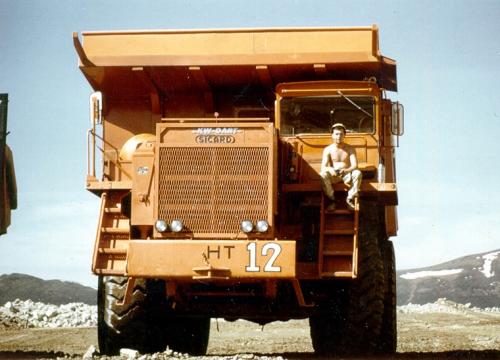
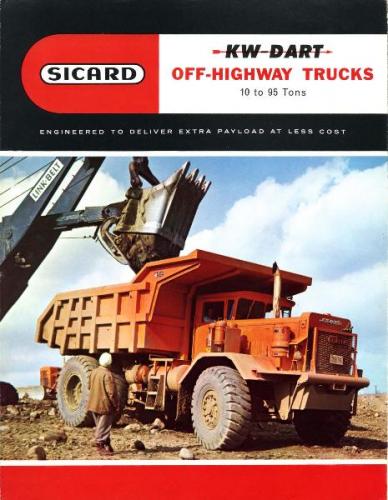
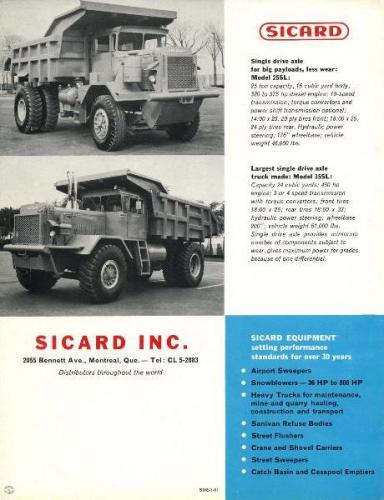

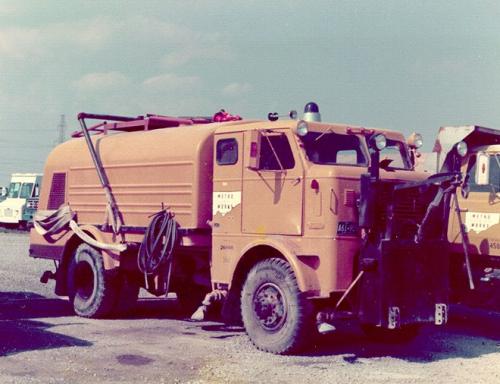
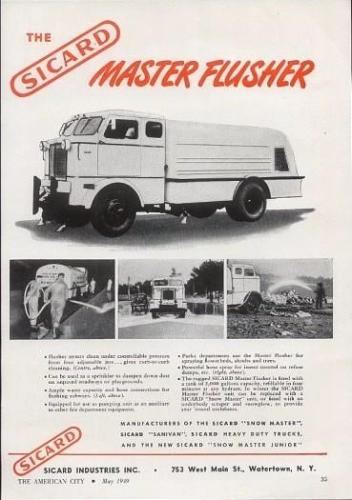
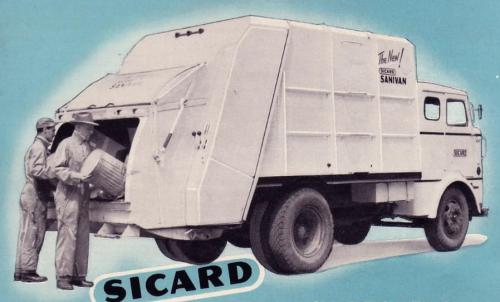
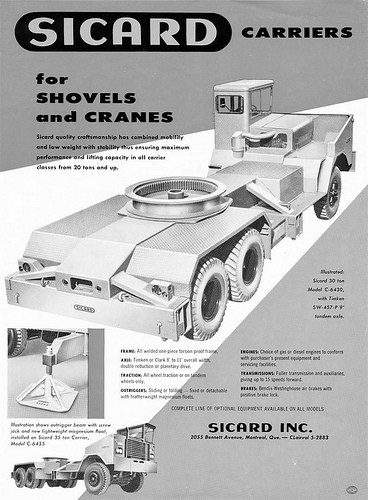
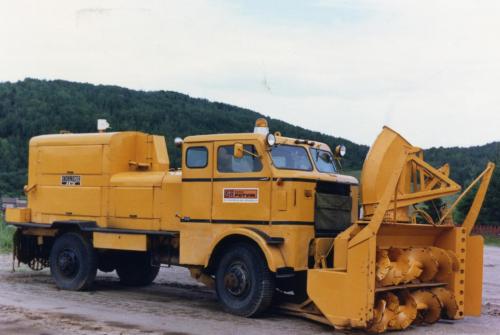
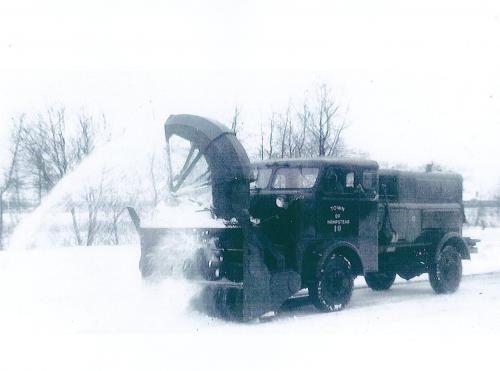
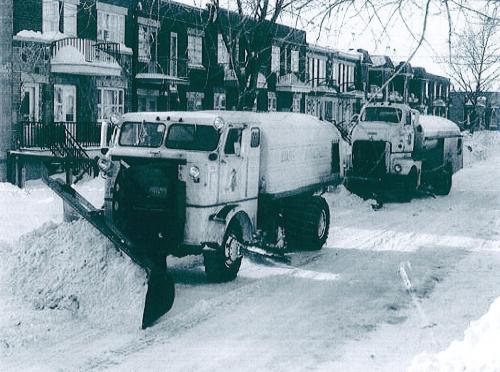
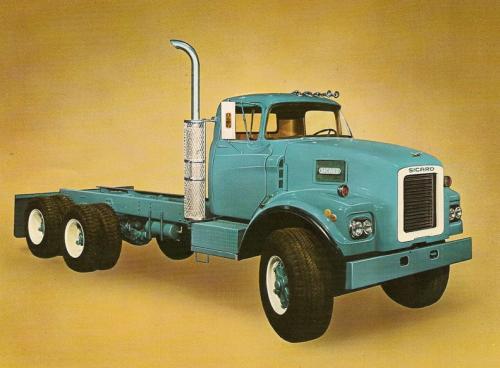
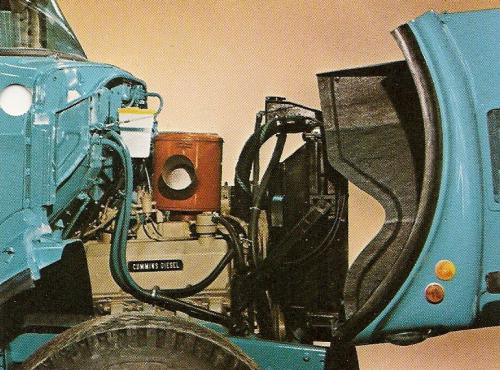
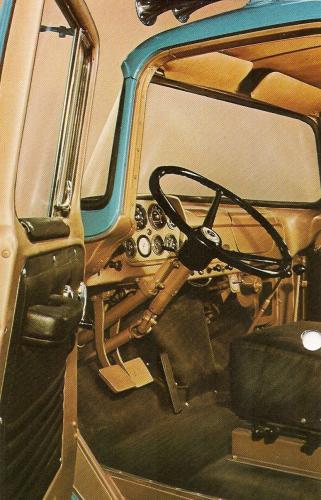
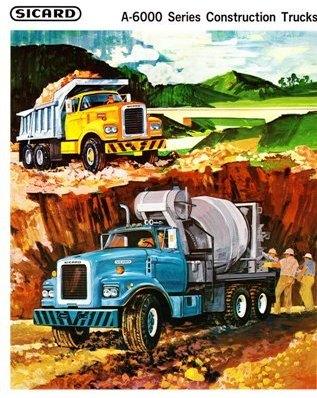
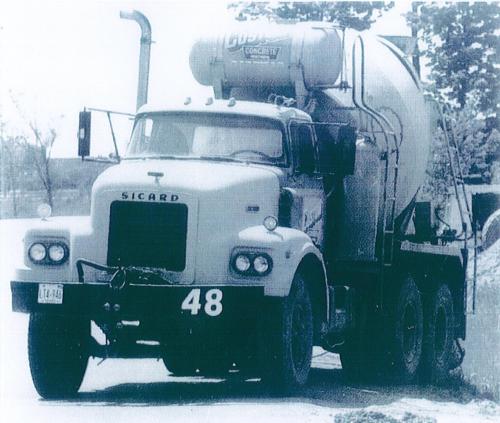
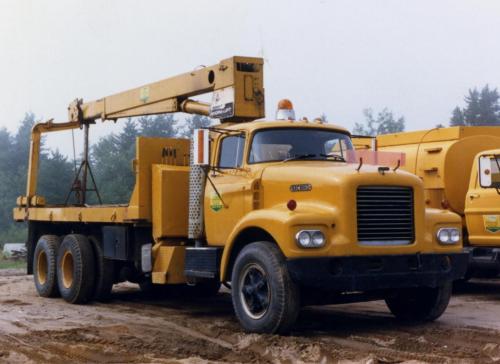
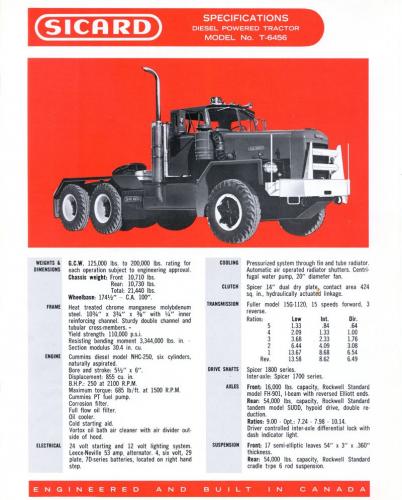
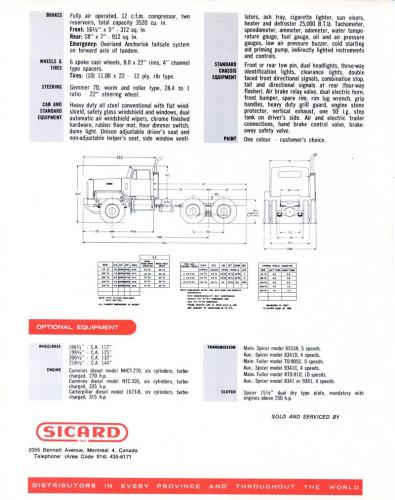
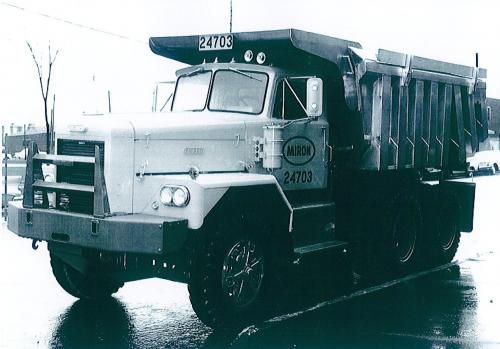
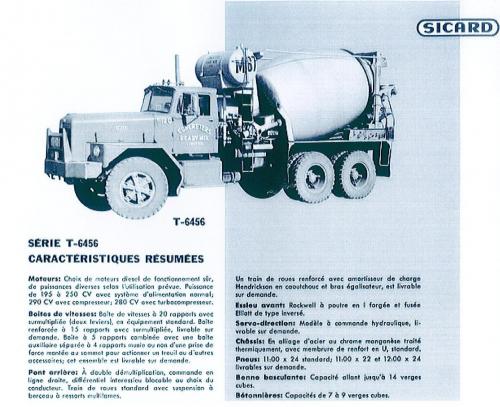
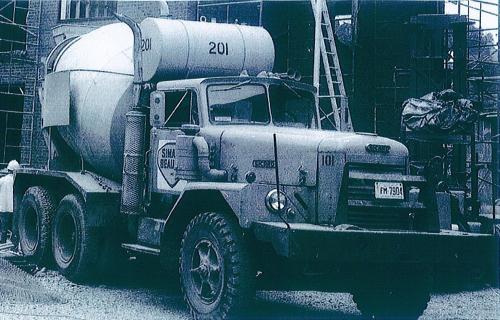
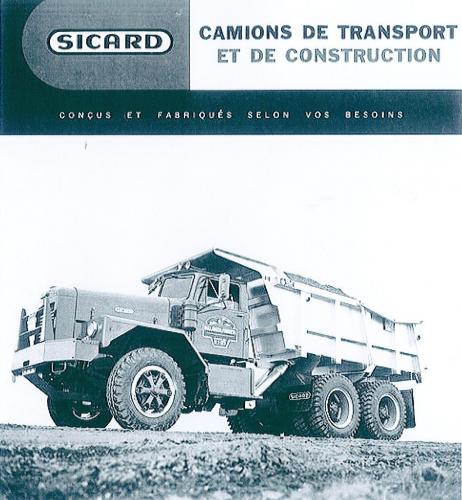
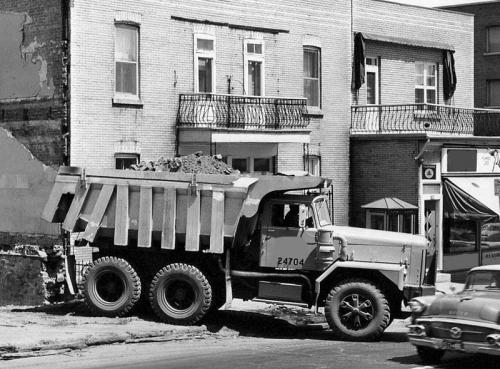
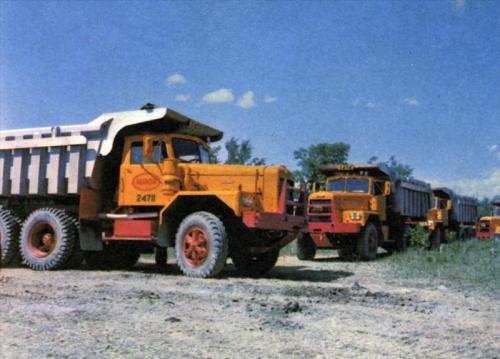
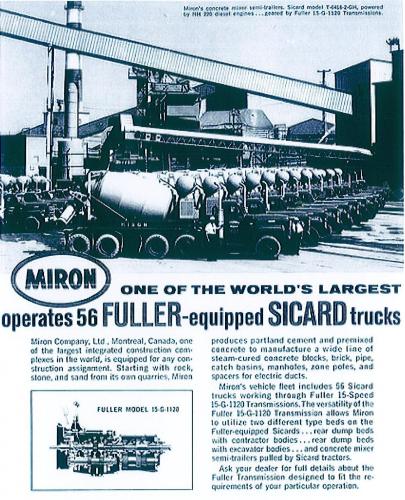
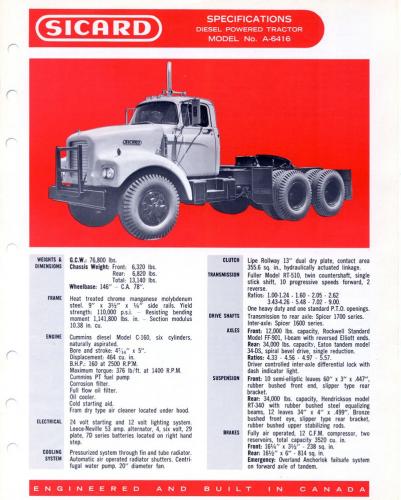
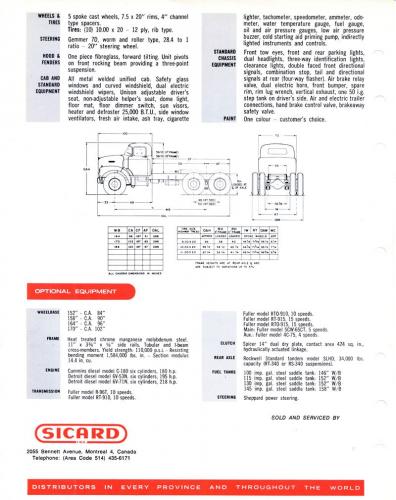
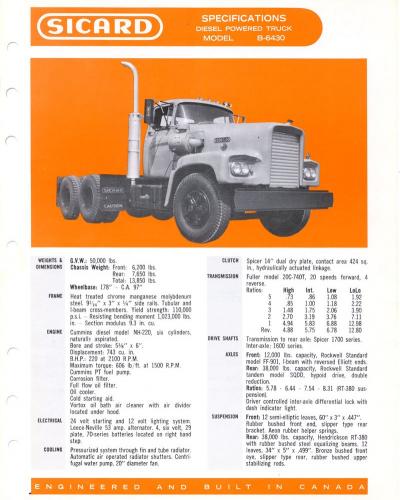
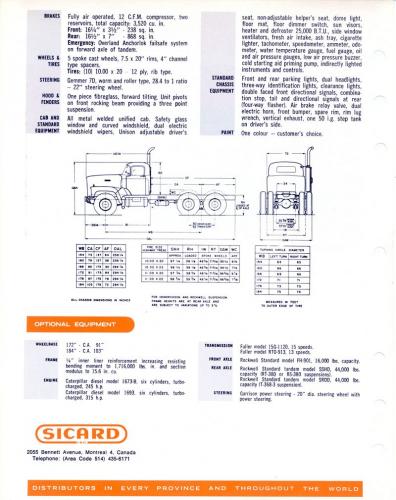
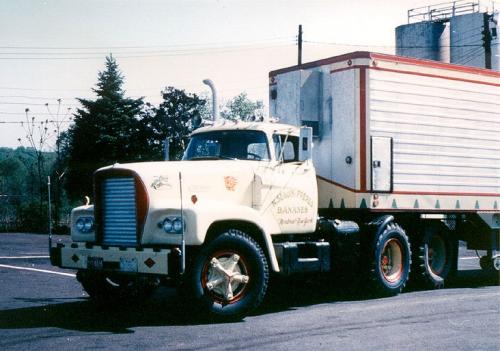
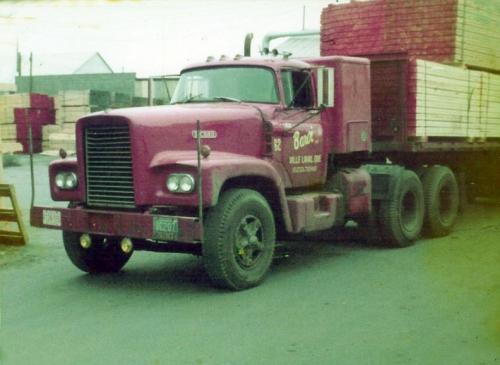
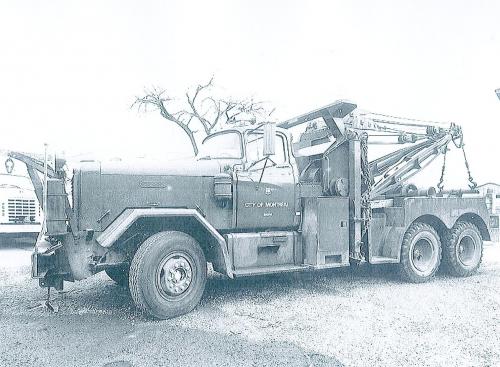
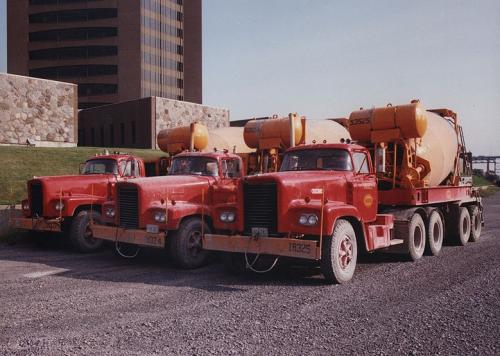
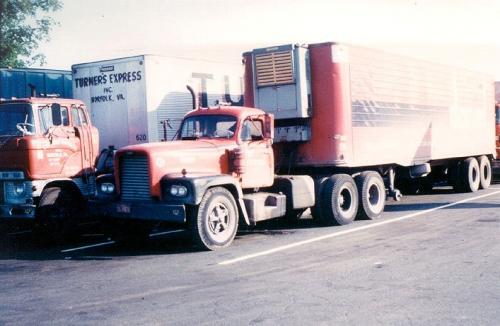
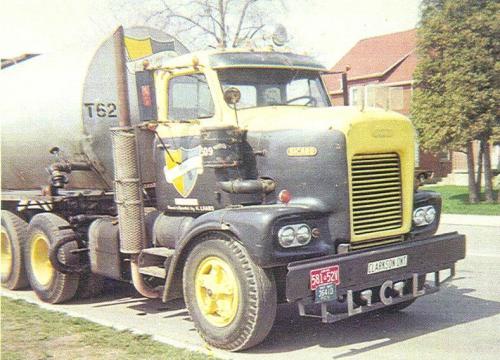
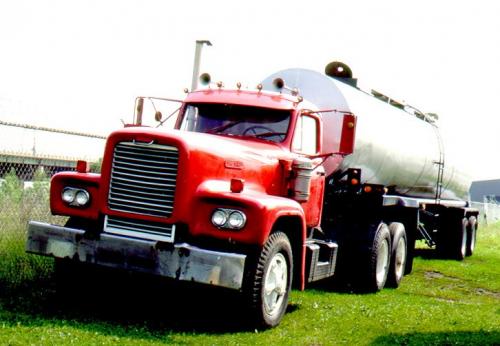
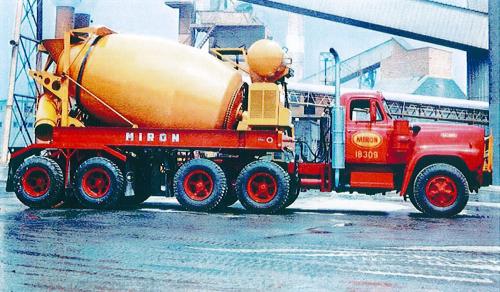
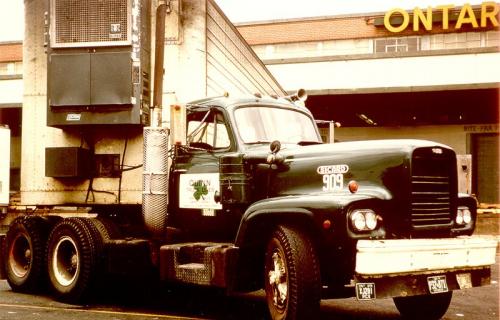
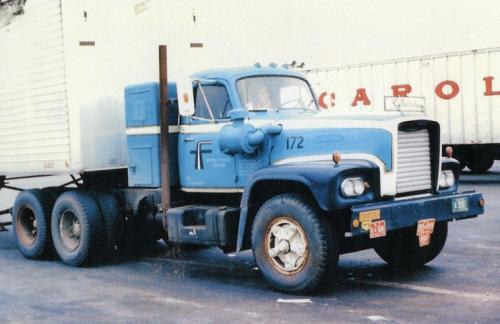
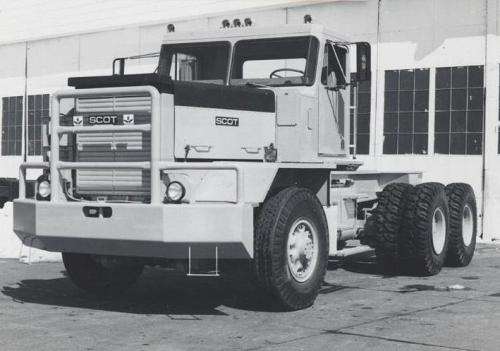
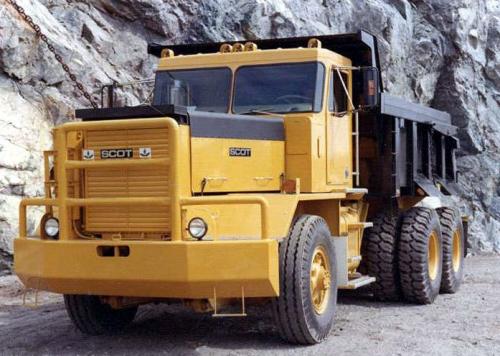
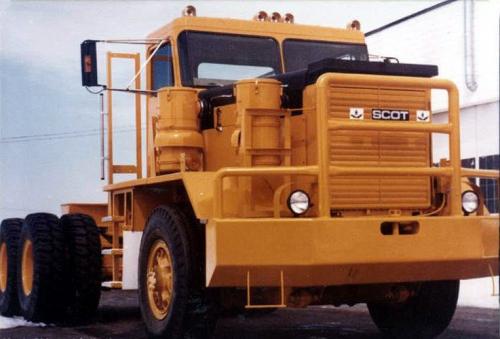
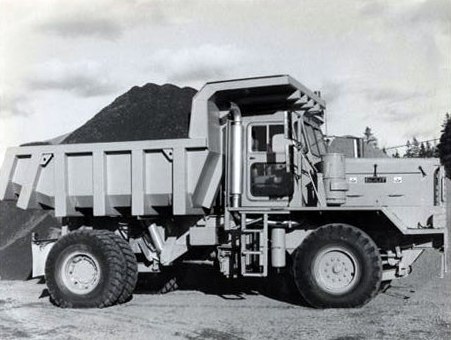
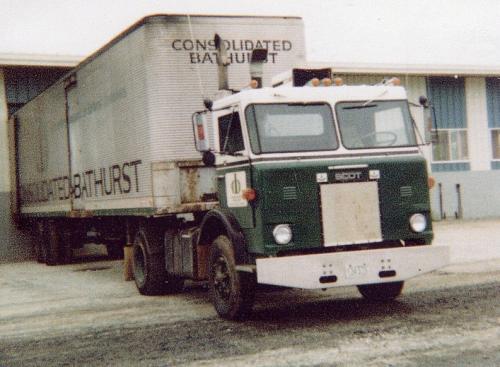
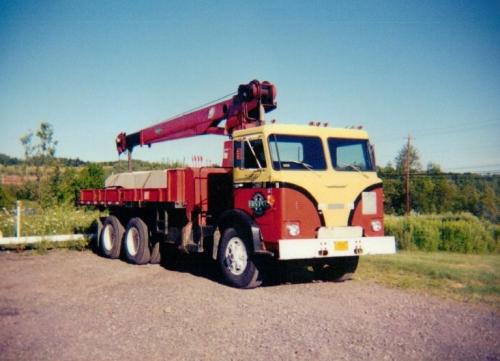
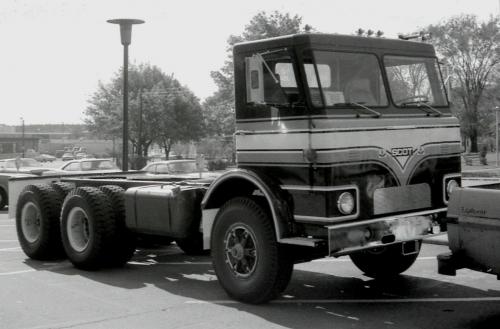
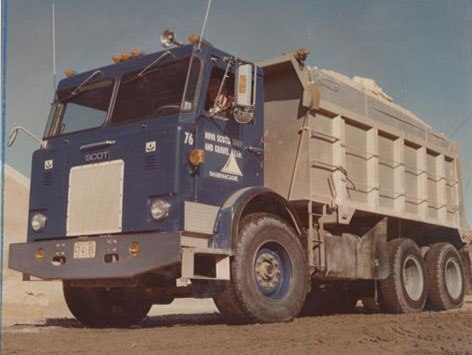
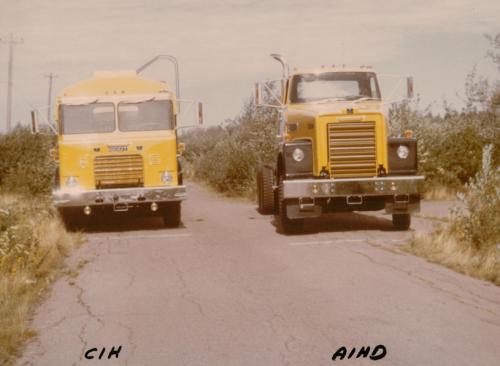
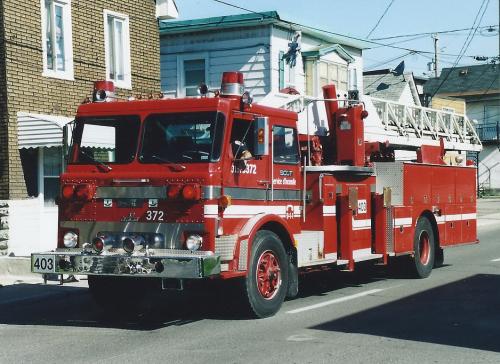
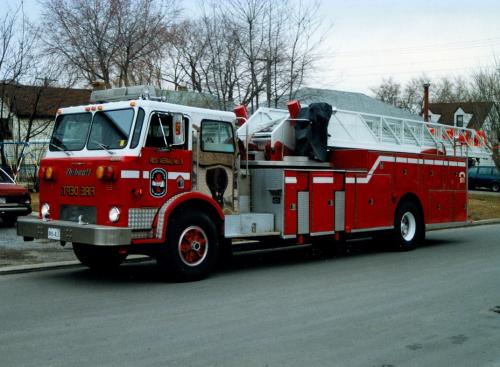
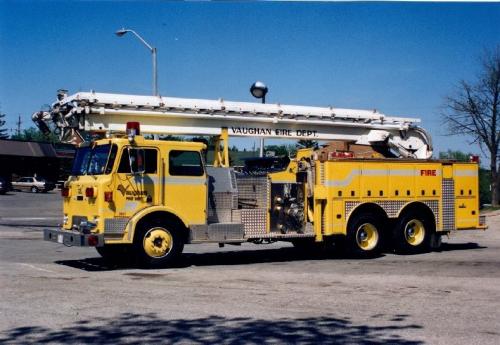
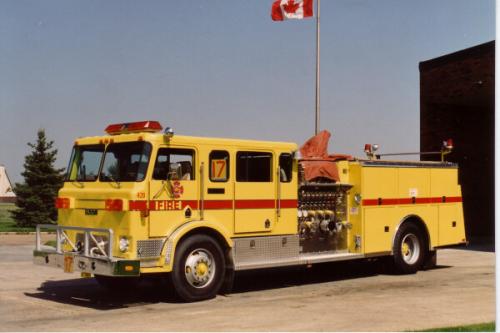
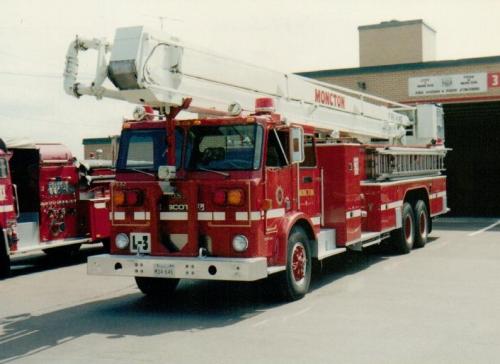
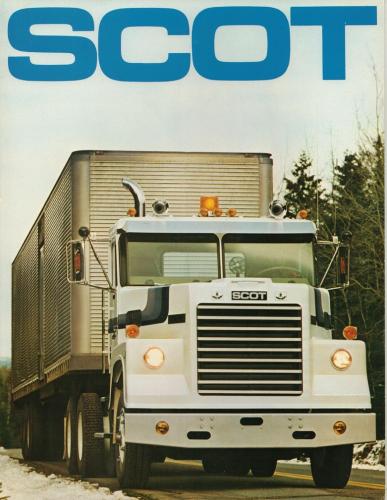
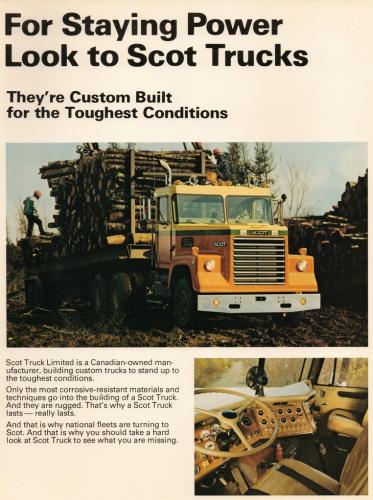
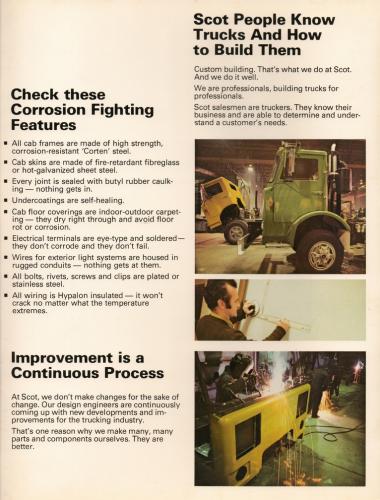
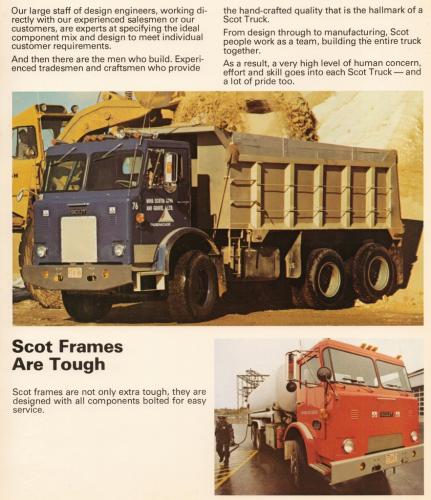
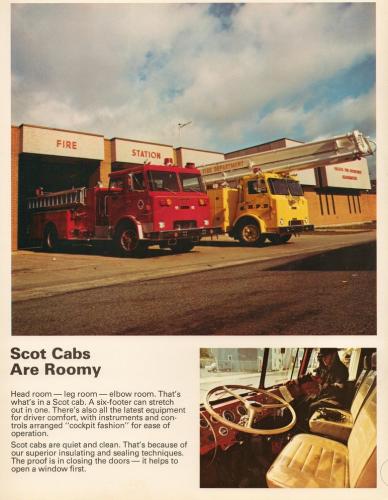
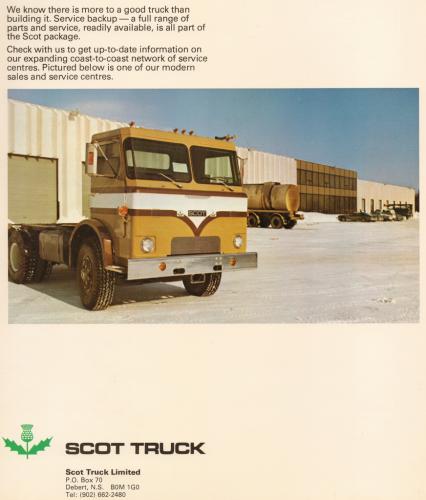
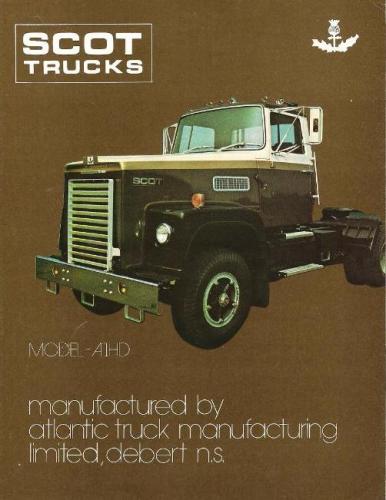
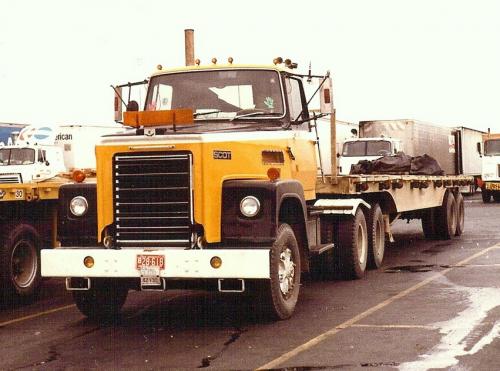
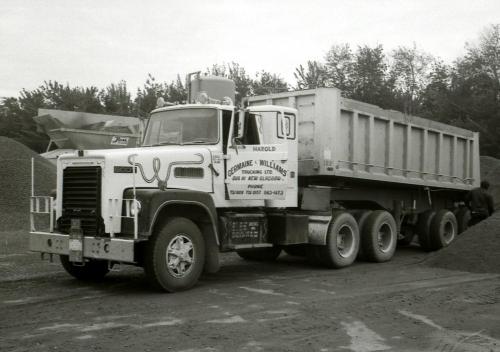
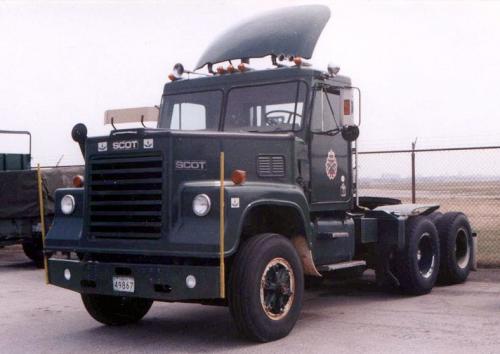
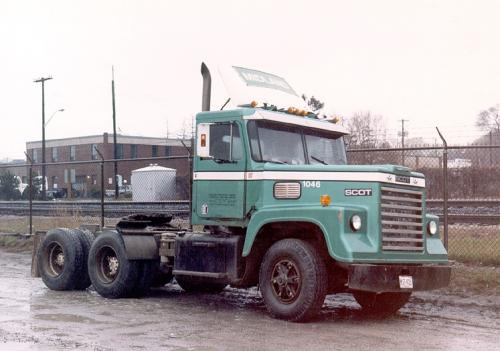
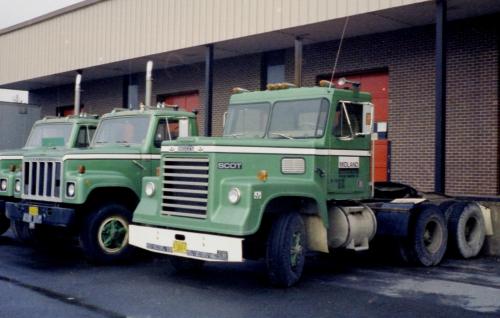
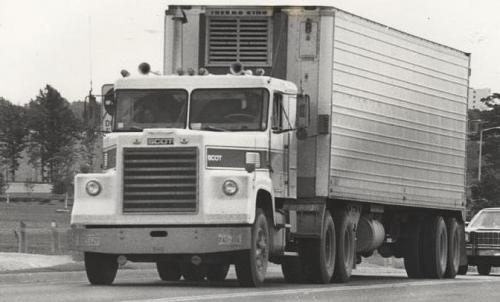
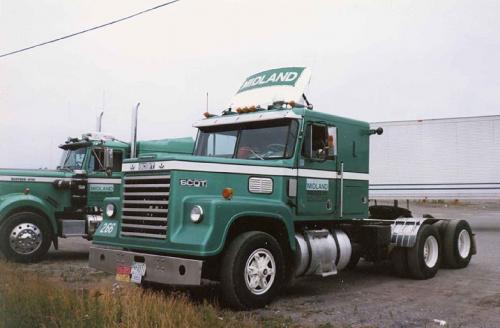
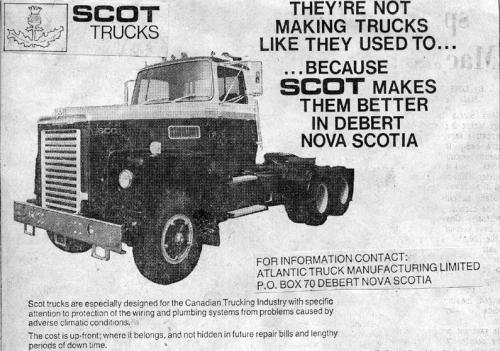
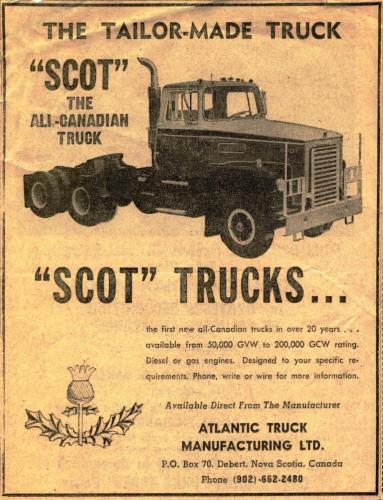
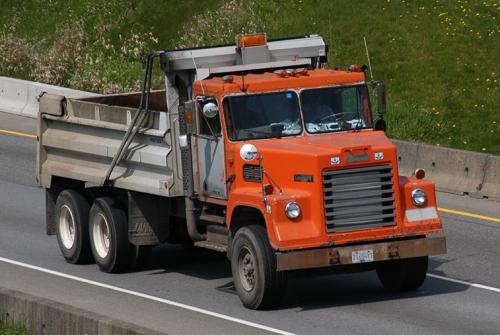
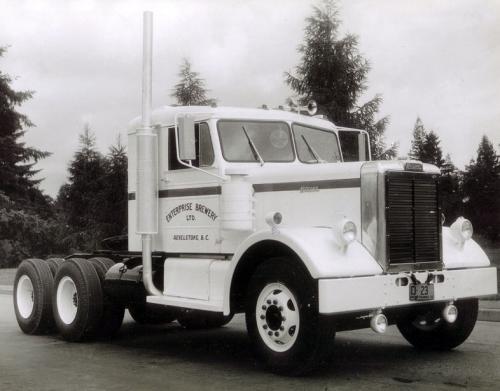


Machinists, Painters Strike Western Star Plant in Oregon
in Trucking News
Posted
The workers at Macungie wanted to make concessions so that on-highway production would remain in Allentown and not shift to Winnsboro, South Carolina. However, the union ignored the very people they represent and fought Mack Trucks, resulting in a lose-lose for all parties.